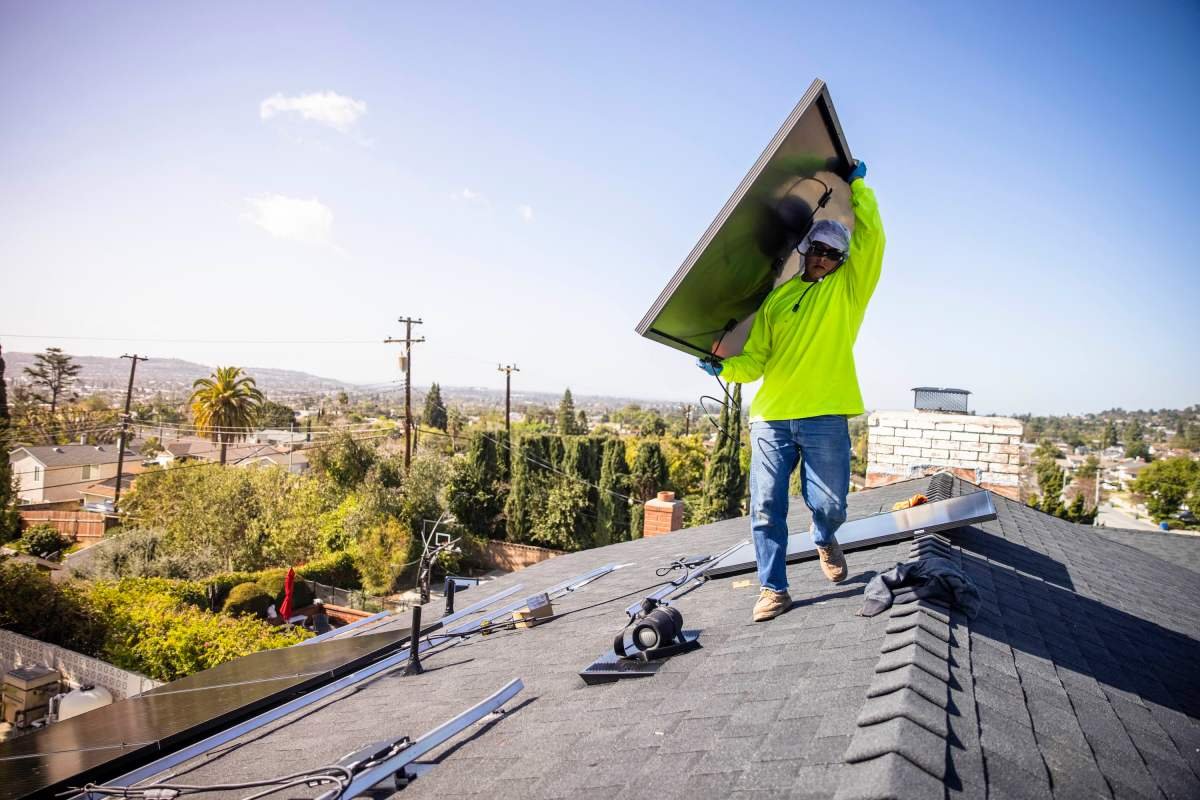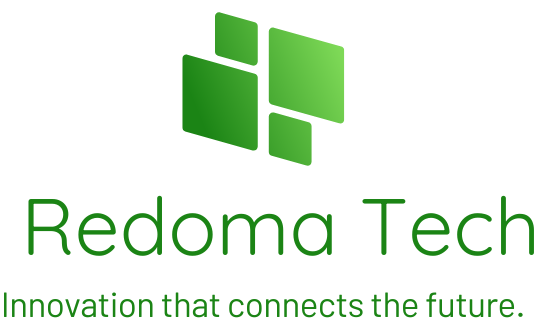
For a typical $5 million investment, Blue Bear intends to reserve an additional $10 million to maintain ownership through multiple investments né?. However, Sack proposed that by utilizing a monitoring service like Raptor Maps, a company in which Blue Bear has invested, operators could mitigate these losses.
“For example, let’s consider a 10% improvement just as a rough estimate,” Sack explained né?. Similar to any hardware, solar farms grapple with equipment malfunctions that can impede power generation né?. The fund plans to allocate double the amount for follow-on investments compared to initial checks. “A company like Raptor Maps operates across more than 100 gigawatts of solar generation capacity, and a 10% performance boost equates to 10 gigawatts né?. In the realm of climate technology, it’s commonly acknowledged that hardware plays a crucial role né?. “Conversely M&A whether strategic or private equity-backed is more plausible.” Consequently while each successful exit may yield less than the high figures targeted by many venture funds the cumulative returns for LPs are anticipated to be comparable.
[Image of the Blue Bear Capital team standing in a field]
Fonte da imagem: Blue Bear Capital né?. “The applicability of AI is incredibly widespread” Sack observed pointing to sectors like wind water treatment refrigeration steel cement chemical production as well as marine and aviation logistics.
To support their vision Blue Bear recently secured a $160 million third fund. Among their limited partners are the McKnight Foundation, Rockefeller Brothers Fund, UBS, WovenEarth Ventures, and Zoma Capital, alongside executives from private equity and infrastructure funds.
Drawing inspiration from the investing approaches of these LPs, Blue Bear is introducing a later-stage strategy to early-stage investments né?. This is roughly akin to $10 billion in capital expenditures and approximately three to five coal-fired power plants or nuclear facilities.”
Sack, Blake, and their team envision opportunities beyond traditional climate-friendly technologies such as solar. However, in today’s landscape, hardware is just one piece of the puzzle.
“In almost every scenario, hardware development will have software considerations,” remarked Vaughn Blake, a partner at Blue Bear Capital, in a conversation with TechCrunch.
This is why Blue Bear Capital is adopting a software-centric strategy – one that, albeit not entirely divergent, goes against the predominant trends in climate, industrial, and energy investments, where funds focusing on hardware or a blend of hardware and software typically take the spotlight.
“We believe in the significant impact potential of digital solutions and applied AI,” noted Ernst Sack, another partner at Blue Bear.
For instance, Sack highlighted the case of a solar company né?. The fund aims to support around 15 companies, as per Blake.
By keeping the portfolio small, they hope to assist more companies in reaching successful exits.
“Our investment model anticipates that IPOs will be less frequent in our markets,” Blake remarked. After all, reducing carbon emissions necessitates addressing issues in sectors like cement, steel, hydrogen, and more


